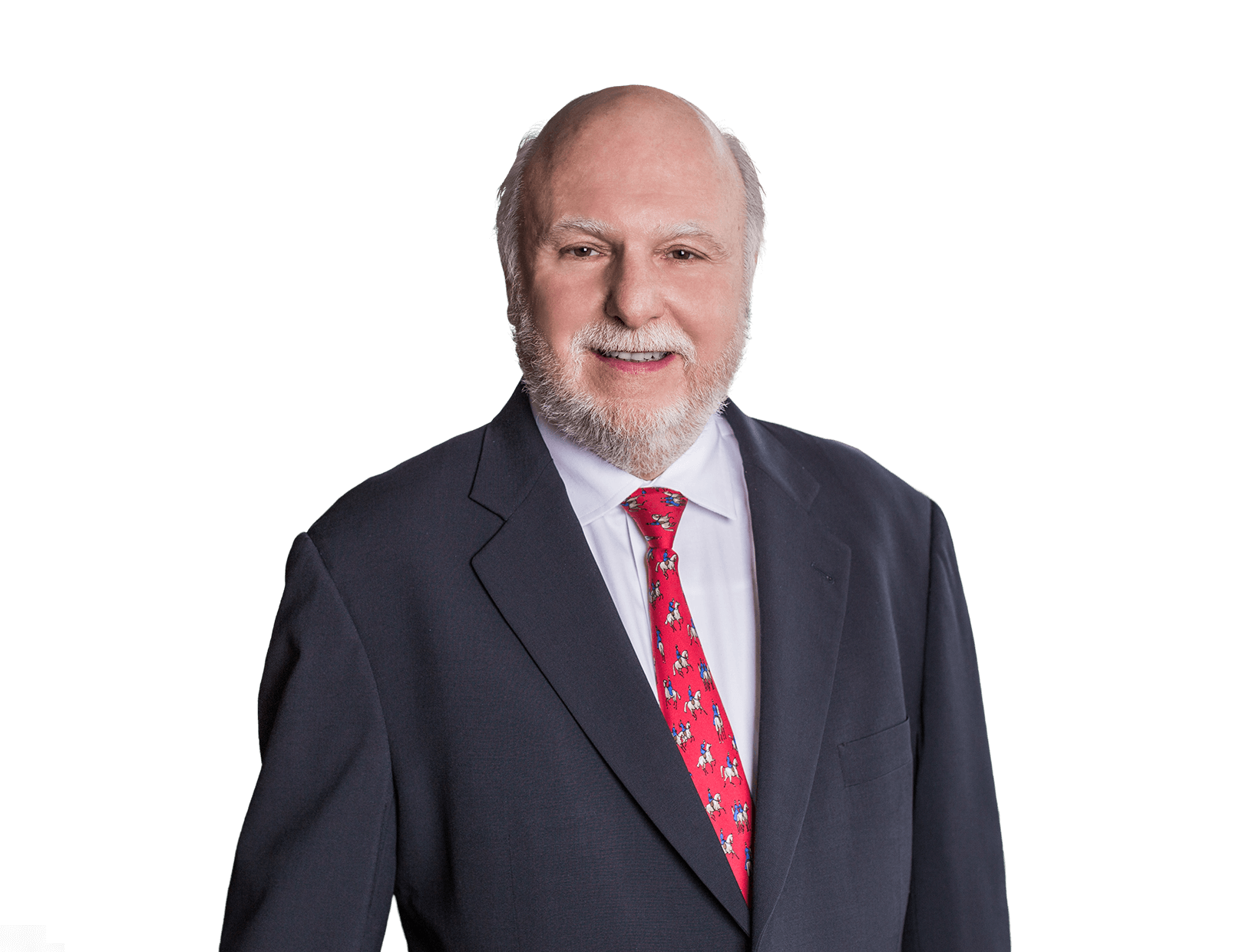Article
Commil V. Cisco — Who Really Won?
Law360
Authors
-
- Name
- Person title
- Of Counsel

Click here to read the entire article.
On May 26, the U.S. Supreme Court, in a 6-2 decision (Justice Stephen Breyer did not participate), vacated and remanded the Federal Circuit's ruling in Commil USA LLC v. Cisco Systems Inc., 720 F.3d 1361 (Fed Cir. 2013). On the key issue, the court held that "a belief as to [patent] invalidity cannot negate the scienter required for induced infringement." No. 13-896, May 26, 2015 slip op. at 11
In Commil, the district court entered judgment holding that Cisco had directly infringed and induced infringement of Commil's patent covering certain aspects of mobile phones. On appeal to the Federal Circuit, Cisco argued that the jury instructions were erroneous as they allowed the jury to find liability for inducement based on a "should-have-known" negligence standard. In addition, Cisco, as pertinent here, argued that the court erred by precluding it from offering evidence of its good-faith belief in the patent's invalidity to show it lacked the requisite intent to induce infringement. Earlier, the Federal Circuit had held that inducement required "evidence of culpable conduct," and thus, a good-faith belief in noninfringement could negate the intent required for inducement. See DSU Medical Corp. v. JMS Co. Ltd., 471 F.3d 1293 (Fed. Cir. 2006) (en banc in relevant part).
The Federal Circuit vacated the judgment and held that the jury instructions were erroneous and prejudicial because the "should-have-known" language in the instructions was erroneous in view of the court's earlier decision in Global-Tech Appliances Inc. v. SEB SA, 131 S.Ct. 2060 (2011), which required "actual knowledge [of the asserted patent] or willful blindness." This aspect of the decision, albeit important to patent practitioners, played no rule in the Supreme Court's review.
The opinions expressed are those of the authors on the date noted above and do not necessarily reflect the views of Fish & Richardson P.C., any other of its lawyers, its clients, or any of its or their respective affiliates. This post is for general information purposes only and is not intended to be and should not be taken as legal advice. No attorney-client relationship is formed.